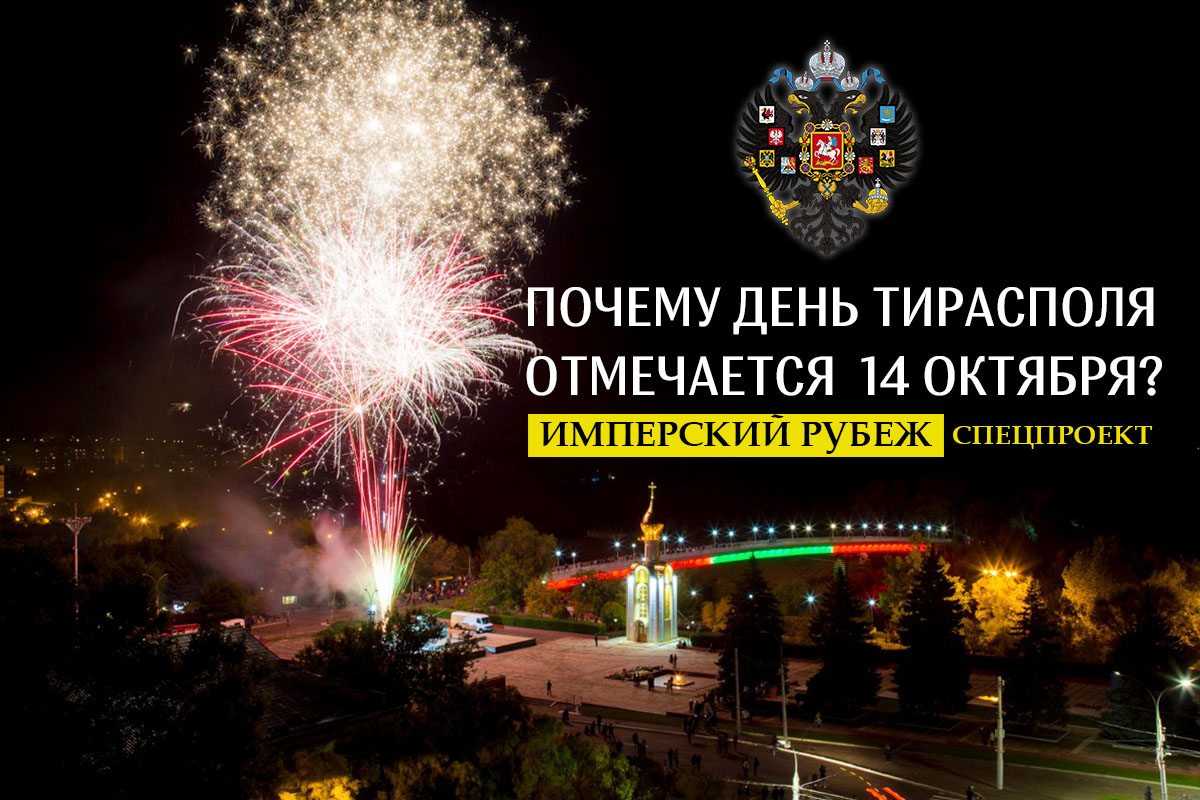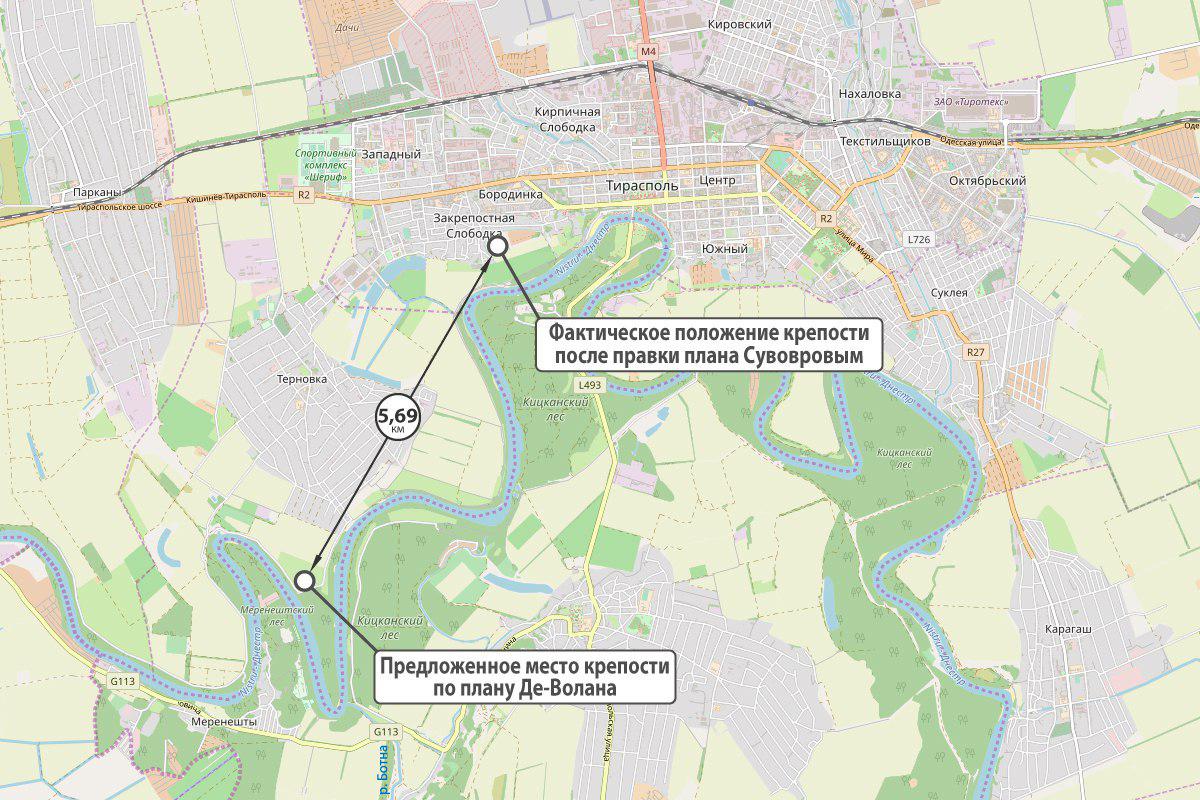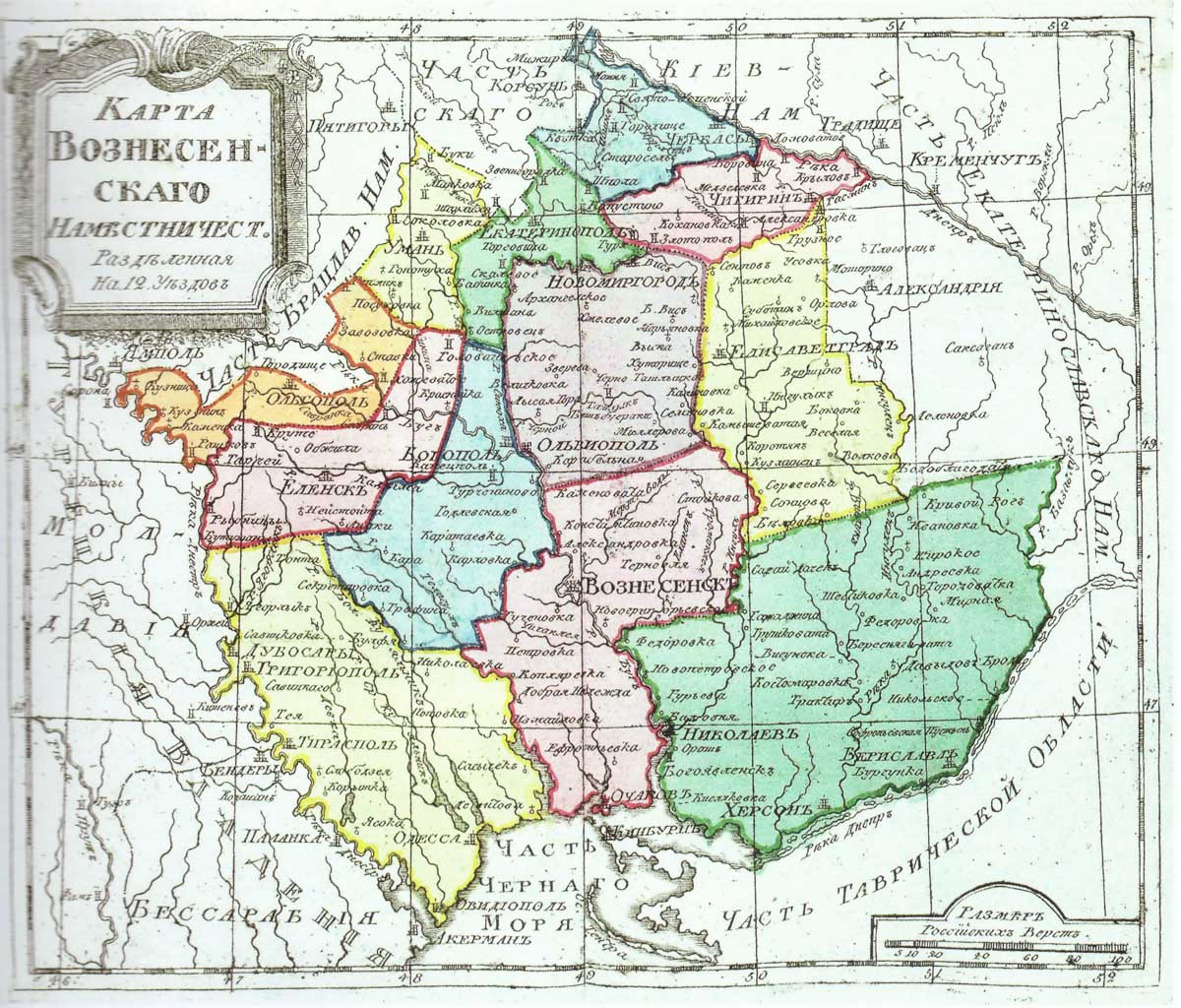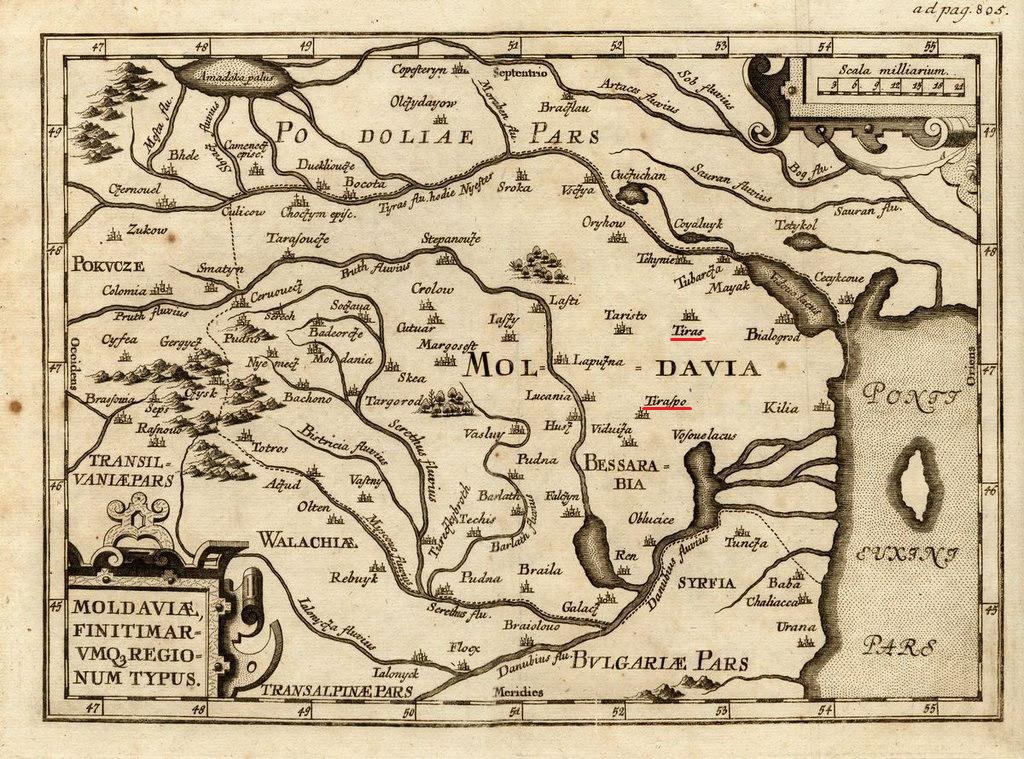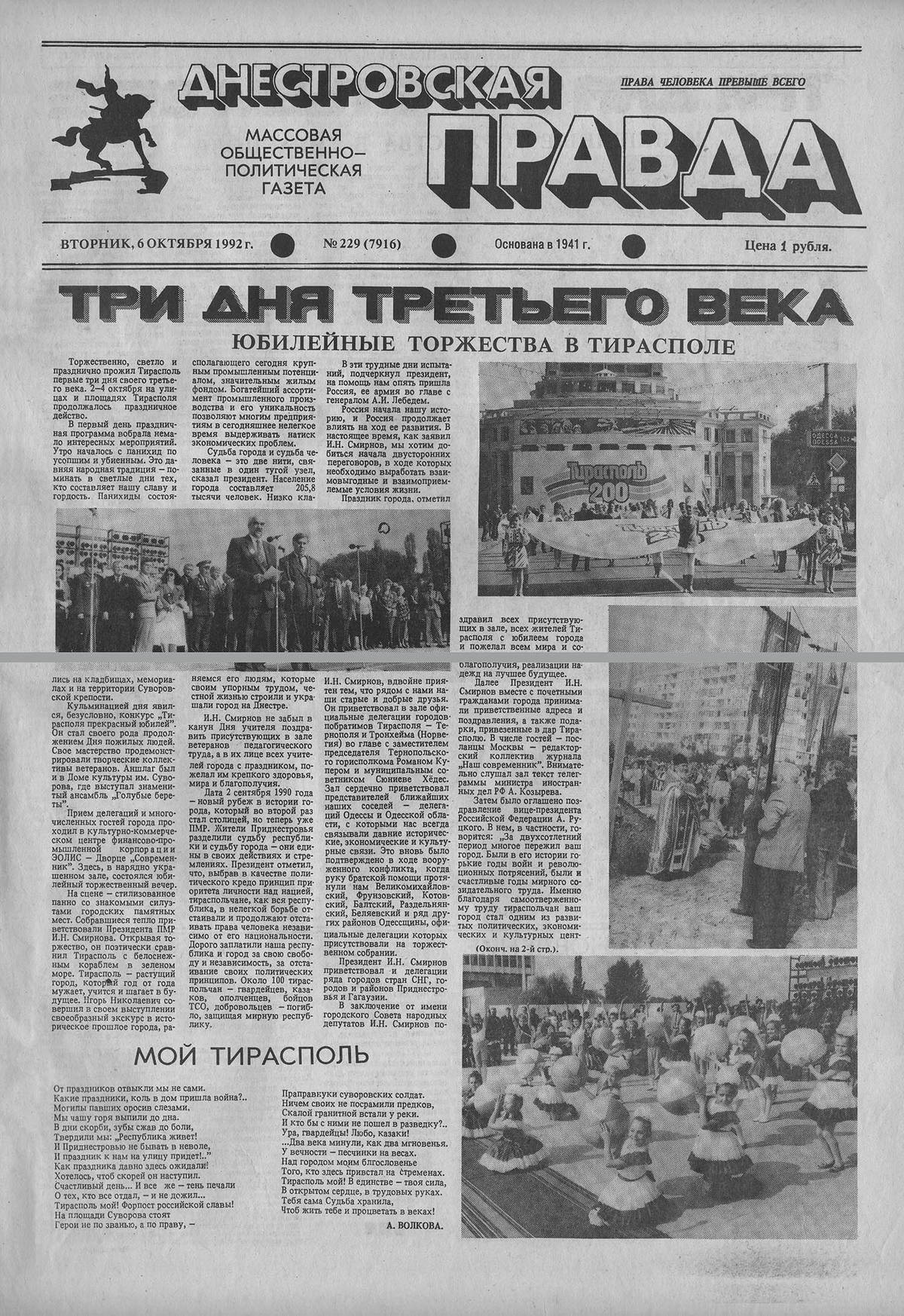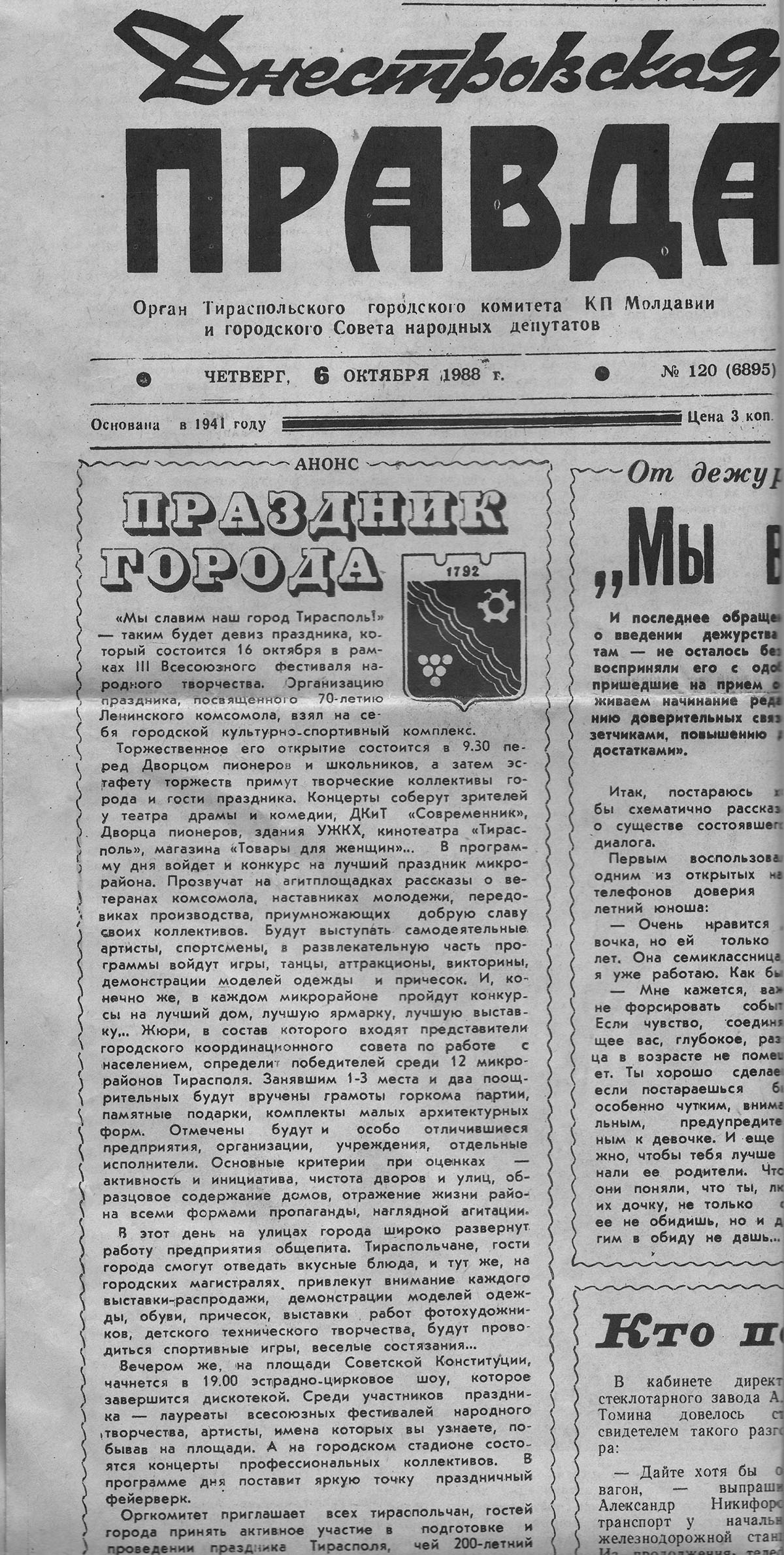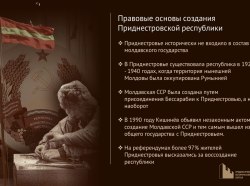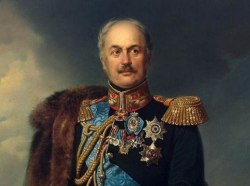The capital of Pridnestrovie Tiraspol traditionally celebrates its birthday on October 14. But even not every History teacher will answer the question why this date became the Day of The City upon Dniester (Tiras is the ancient name of the river Dniester and Polis means “city”). Generally believed that the date was timed with the orthodox holiday named the Protection of the Mother of God Day. Officially the two holidays were united only in 1998. At the same time the starting point of Tiraspol’s history is the year when there was neither city nor name. There was an ancient settlement with a similar name long ago before the prospective Pridnestrovian capital emergence. History executors from “Catherine’s the Great Eagles” revived the forgotten ancient placename and gave it to the new town of the Russian Empire. “News of Pridnestrovie” sorted out the facts about how Tiraspol appeared and why the City Day is celebrated on the Protection of the Mother of God Day.
The idea as the starting point
After the Russian-Turkish war 1787-1791 was ended the area called Edisan between the rivers Bugh and Dniester became a part of Russia. At the same time Catherine’s the Great government understood that a new war with Istanbul could not be escaped. So they attended to strengthen new lands’ defense. That’s why the idea to create the defense line upon the Dniester appeared. It would have some supporting fortresses with settlements.
Empress Catherine II charged to do it to the Ekaterinoslavl (Dnepr) governor Vasily Kakhovsky. In September 1792 he reported about the result:
“There is the general map of the area which is divided on four counties. We consider to build the fourth town near the Middle fortress opposite the river Bothna’s estuary. The new fortress will attract people to the town and the town will be very beneficial for the fortress because of market days and fairs and because of gardens and orchards growing.”
The plan of the main fortress of the Dniester line and its townie. Taken from disput-pmr.ru The author and the sources are unknown.
The request of the town building near the fortress is the starting point of Tiraspol’s history. This year the idea of the town by the fortress is 226 years old.
The fortress as the core
Before the first stone was laid in the foundation of the fortress the founding fathers of the citadel were debating for a long time about the place. Engineer Franz de Volan, a Dutchman in Russian service, chose the place where the Bothna and the Dniester confluence. General Alexander Suvorov who supervised the project offered to remove the place of the fortress in 5-6 km downstream. He motivated it with health problems as in two rivers’ confluence there was high humidity which could be negative for soldiers’ health. The Suvorov’s idea won and on June 22 (July 3) 1793 the fortress was established in the place where nowadays there is the housing estate in Fedko Street. The official opening ceremony was made with raising of the Empire flag and the fortress church sanctification ceremony on September 20 (October 1) 1795.
The possible point near the river Bothna on the map where Franz de Volan suggested to build the fortress (according to IA “News of Pridnestroviе”)
At that date documents the fortress was called “Bothninskaya” or “Sredinnaya”. It took an intermediate position between Dniester’s fortresses line which strengthened from Yagorlyk to Ochakov. Suvorov wrote in his letters that he was in the place “upon Bothna”. The fortress became Tiraspol several years later and it was connected with the “Catherine II Greek project”.
Tiraspol as a tradition
10 years before the beginning of the Bothninskaya-Sredinnaya fortress building Catherine II offered to the Emperor of Holy Roman (Germany) Empire Joseph II to divide the Turkish territory (Turkey had captured Balkans and the Northern Black Sea Coast). She supposed to give back the old name of Constantinople to the capital of Osman’s country and to revive Byzantium under her grandson’s Constantine governance. She also offered to unite Moldavia, Wallachia and Bessarabia into a new country named Dacia. The territory between the Bugh and the Dniester which was called the Land of Ochakov the Empress planned to add to Russia as there was nobody’s or wild land. The idea was explicated in one of her letters and historians called it the “Catherine II Greek project”. But they made true only the “Wildfield Reconquista”.
New towns which had been built in the “Wild West” of Russian Empire were given the names of ancient Greek colonies. So Kherson (Khersones), Odessa (Odissos), Ovidiopol and Tiraspol – the town upon Dniester appeared.
The famous Russian publicist of the XIX century Nicolas Nadejdin wrote:
When the Russian Empire moved its borders up to the Dniester the map of new lands was absolutely empty. To fill it they turned to classical ancient stories and revived famous names of Kherson, Ol’via, Tiras, Odissos. The work was in full swing and there was no time to waste it for too deep research. It was no matter and no need to put the old names onto their exact places. So Kherson went to the Dnepr, Olvia moved a hundred and fifty miles higher upon the Bugh, Odissos came to the place of the ancient settlement Istrian and Tiras came across to this side the Dniester.
The word Tiraspol is met for the first time in the Nominal Decree to the Senate in January 27 1795 about the Voznesenskaya province foundation. In the third paragraph of the Decree we read:
“We command to divide the Province into 12 counties, district and districts assigned cities should be there [...] 6. Tiraspol should be near the middle fortress against the Bothna’s estuary.”
According to this document cities Odessa, Baltha, Dubossary, Ovidiopol, Grigoriopol were related to the Tiraspol Province too. By that time the town had grown around the fortress and there were 2448 people in it. So it was called Tiraspol.
However the toponym as the name of the town is rooted in ancient times. Ancient authors called the river Dniester Tiras. Many times they also wrote about an ancient Greek town Tira. It’s considered that Belgorod-Dniestrovsky city is located in its place nowadays.
The towns named Tiras and Tiraspo were marked on the map of the XVI century by a Polish intellectual Martin Bronevsky. The map maker supposed them on the right bank of the Dniester in Bessarabia far from the river.
The map by Martin Bronevsky
It’s not clear what towns were marked on the Polish map, but they evidence as the ancient Tira does that the name for Tiraspol city was not invented in the XVIII century. It was revived in the context of the Russian approval in the North-Western Black Sea region.
October for the City Day
As we noted above, there are several calendar dates associated with Dniestrograd appearance. There are the proposal to build the city in September 1792, the laying of the fortress on June 22 (July 3) 1793, the official completion of building on September 20 (October 1) 1795, awarding the status of a county town and the name of Tiraspol on January 27 (February 7) 1795. However, the day of the city is officially set on October 14. Why?
Officially, this date was established by the Decree of the PMR President Igor Smirnov in 1998, according to the wording: “giving the appeal of the Public administration and the City Council of People’s Deputies of Tiraspol, as well as to preserve historical and Orthodox traditions”. Earlier the capital of Pridnestrovie celebrated 200 years anniversary since its foundation in 1992, the festivities took place in October from 2 to 4.
You can learn how the festivities were hold from the media of those years (clickable):
However, the City Day in Tiraspol was celebrated also in the 80s, though it was not so great. For example, in 1988 it was held on October 16 in the framework of the III All-Union festival of folk art and was timed to the 70th anniversary of the Komsomol.
It is also possible to read about what events were planned in those days in the Dnestrovskaya Pravda (clickable):
It’s interesting that a large Pokrovskaya harvest fair was held in Tiraspol from 1 to 7 October still before 1917. These dates are indicated in the old style (Julian), but in the current calendar (Gregorian) they correspond to October 14-21. The fair was called Pokrovskaya because it began after the Orthodox holiday of the Protection of the Mother of God Day.
The 19th century fair tradition became the basis for the concept of celebrating the 200th anniversary of Tiraspol in 1992. At the same time on the Day of the city folk farmsteads which are so popular nowadays appeared for the first time.
Six years later, in 1998, the diocese of Tiraspol and Dubossary celebrated 200 years anniversary of the Church of the Intercession of the Holy Trinity establishment. It was in the center of the city, today a chapel is built there in the park near the State Palace of Culture. The procession was decided to be held on the Cover of the Blessed Virgin Day, in whose honor the church was named. Then the city government decided to combine two holidays. They were 206 years of Tiraspol and 200 years of the establishment of the Intercession Church. Since then, the day of the main city of Pridnestrovie is celebrated on October 14.
So, the Day of Tiraspol is a new tradition and is not connected with any specific dates from the history of the city appearance. It is based on the 19th century urban custom of organizing a large harvest fair for seven days after the feast of the Cover of the Blessed Virgin Day. Nevertheless, the tradition to celebrate the City Day on October 14 successfully caught on. On this day, which will come very soon, the capital of Pridnestrovie will celebrate 226 years.
Alexander Koretsky

